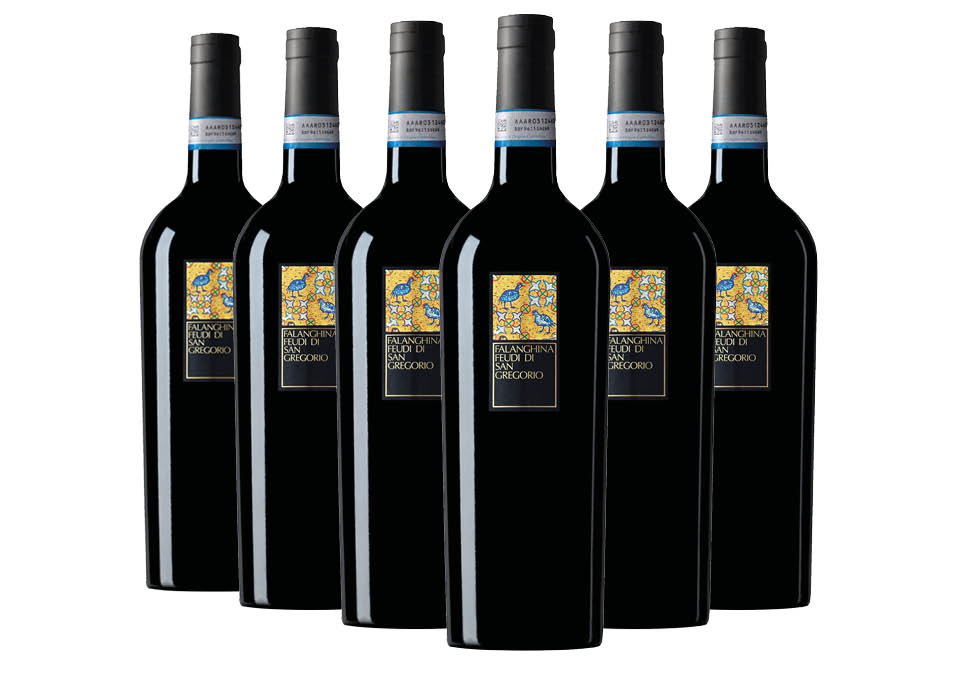Falanghina
The Falanghina grape originates from Campania , a region in which it occupies a fair portion of the entire vineyard area. However, its spread also extends to other southern regions of the Peninsula. The probable origin of the name is perhaps to be traced in the support poles called phalanges , necessary to accommodate the vegetative development of the plant. Spared from the phylloxera, the Falanghina grape has found considerable success in recent decades and is often grown ungrafted. The most widespread Campania area concerns the province of Caserta, the Sannio area and the Campi Flegrei area. From a geographical point of view, these are climatically very distinct zones. The Falanghina Campi Flegrei is widespread in the northern part of the Gulf of Naples with a western extension to the island of Procida: great minerality and primary floral and fruity aromas are the characteristics that distinguish the Falanghina produced in the Campi Flegrei DOC in which it tends to preserve the immediacy of the primary aromas, restoring a direct and pleasant wine. Much larger is the Sannio area which includes the sub-areas Taburno, Solopaca, Sant'Agata dei Goti, Guardiolo: the hilly hinterland distributed between the provinces of Benevento and Avellino is bordered to the west by Monte Taburno with clayey and marly soils that know a dry climate in summer and enjoy a very favorable exposure. The success of the vinum album Phalanginum a white wine based on Falanghina, from which also the white Falerno was produced in Roman times, still proposed today in the Falciano del Massico area, must be reported to the province of Caserta. Over time, Falanghina has undergone a progressive ageing in qualitative terms guided by the will of the producers to enhance the grape variety vinified in purity to bring it to the success of Fiano and Greco. Outside the areas mentioned, the inclusion of Falanghina in the province of Avellino with Falanghina Irpinia Dop is quite recent. Falanghina adapts well to the hot and dry climate and allows the production of fresh and moderately aromatic wines, often vinified in steel and with possible stop on the yeasts to ensure the conservation of the floral and fruity aromas typical of the grape. The proximity of the vineyards to volcanic areas, both in the Benevento area and in the province of Caserta, guarantees the preservation of a pleasant minerality well balanced by a body of great softness and great composure on the organoleptic level.
Buy Falanghina online
Once you have recognized the types of Falanghina available on our wine shop, buying Falanghina online will be easy and fun. You can use the search filters to orient yourself in the purchase of Falanghina and dedicate your research to the typical Falanghina del Sannio, undoubtedly the most widespread. You will also be able to get to know the complexity of a more demanding and less widespread wine such as the Irpinia DOC which in particular cases makes use of a short aging in cask to give more body and softness as well as subtle hints of white spices and notes of honey.
What is the best Falanghina?
It is difficult to establish which is the best Falanghina among the many labels distinguished by origin and processing. In principle and with the necessary clarifications, you will be able to taste more mineral and light wines from the coast, while the appellations relating to Benevento retain greater structure and body, with a more defined and recognizable aromatic range.
Which region does Falanghina come from?
Falanghina originally comes from Campania even if its diffusion also covers Apulia, Molise, Lazio and Calabria.
Where to find a sparkling Falanghina?
Many companies have recently decided to use the Charmat and Classico methods to make Falanghina sparkling wine, obtaining surprisingly interesting results. Compared to the natural refermentation in the bottle typical of so-called 'sparkling' wines, in these cases the second fermentation is induced with the addition of yeasts.


















